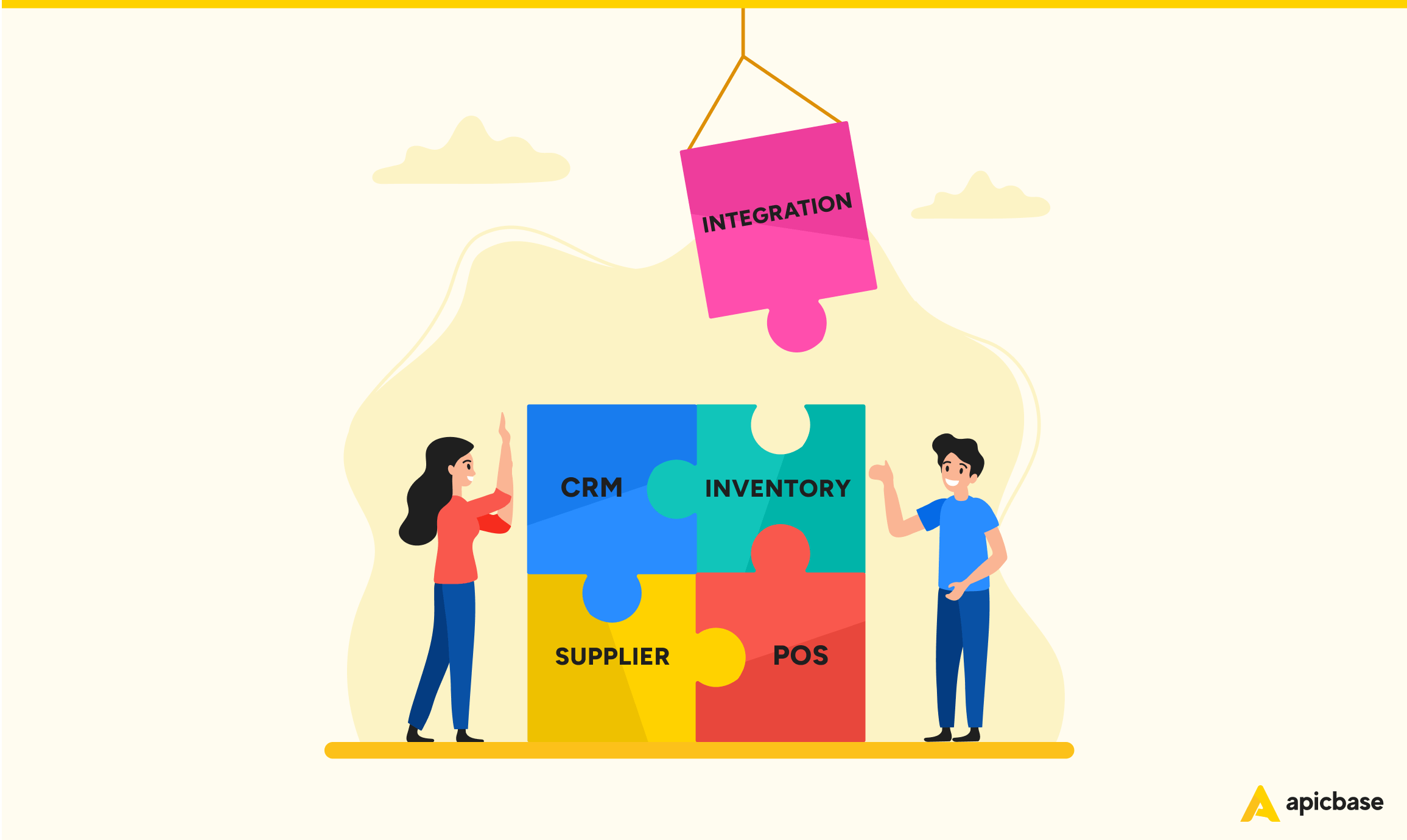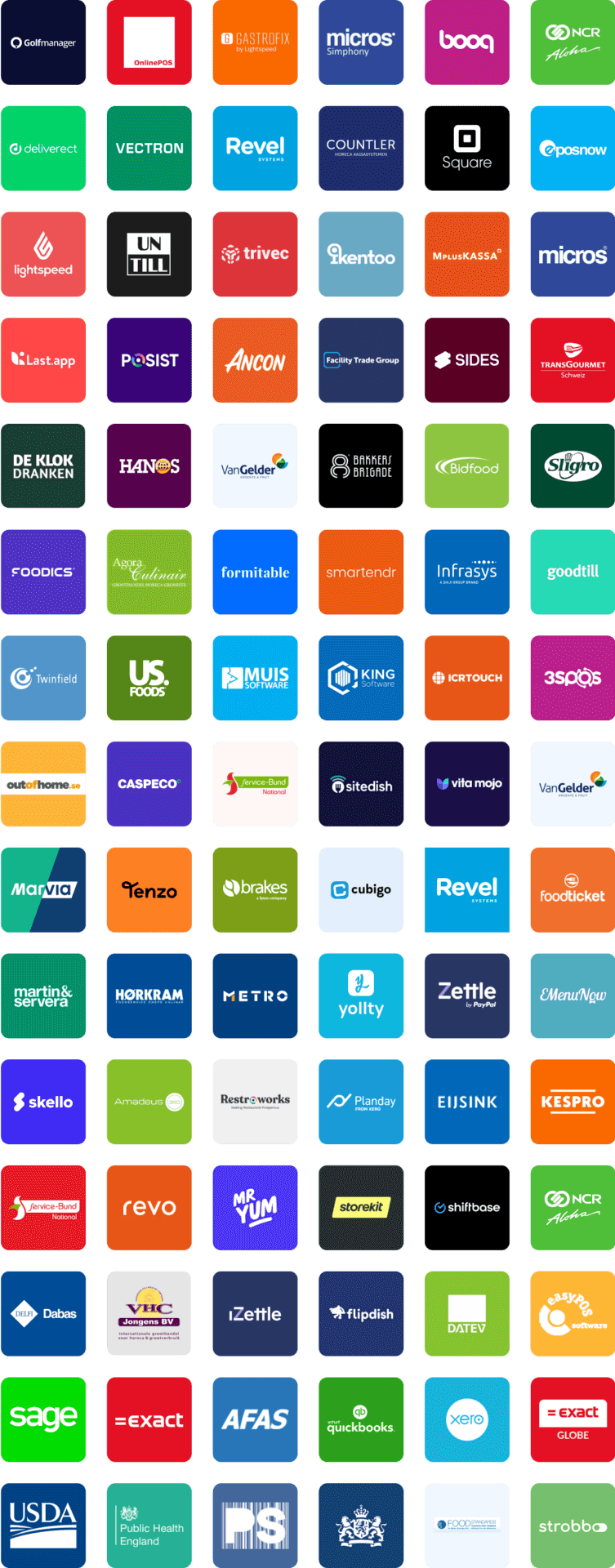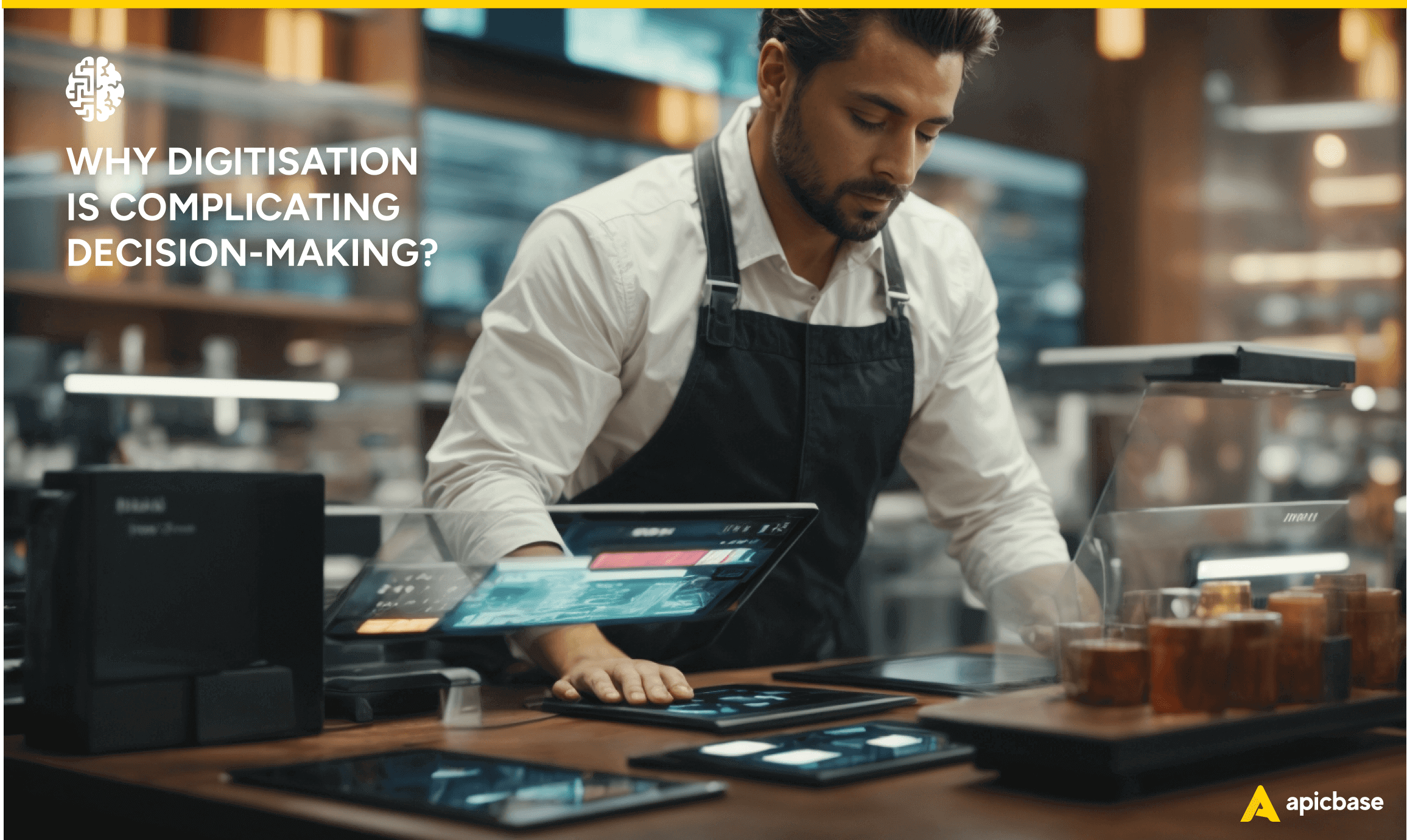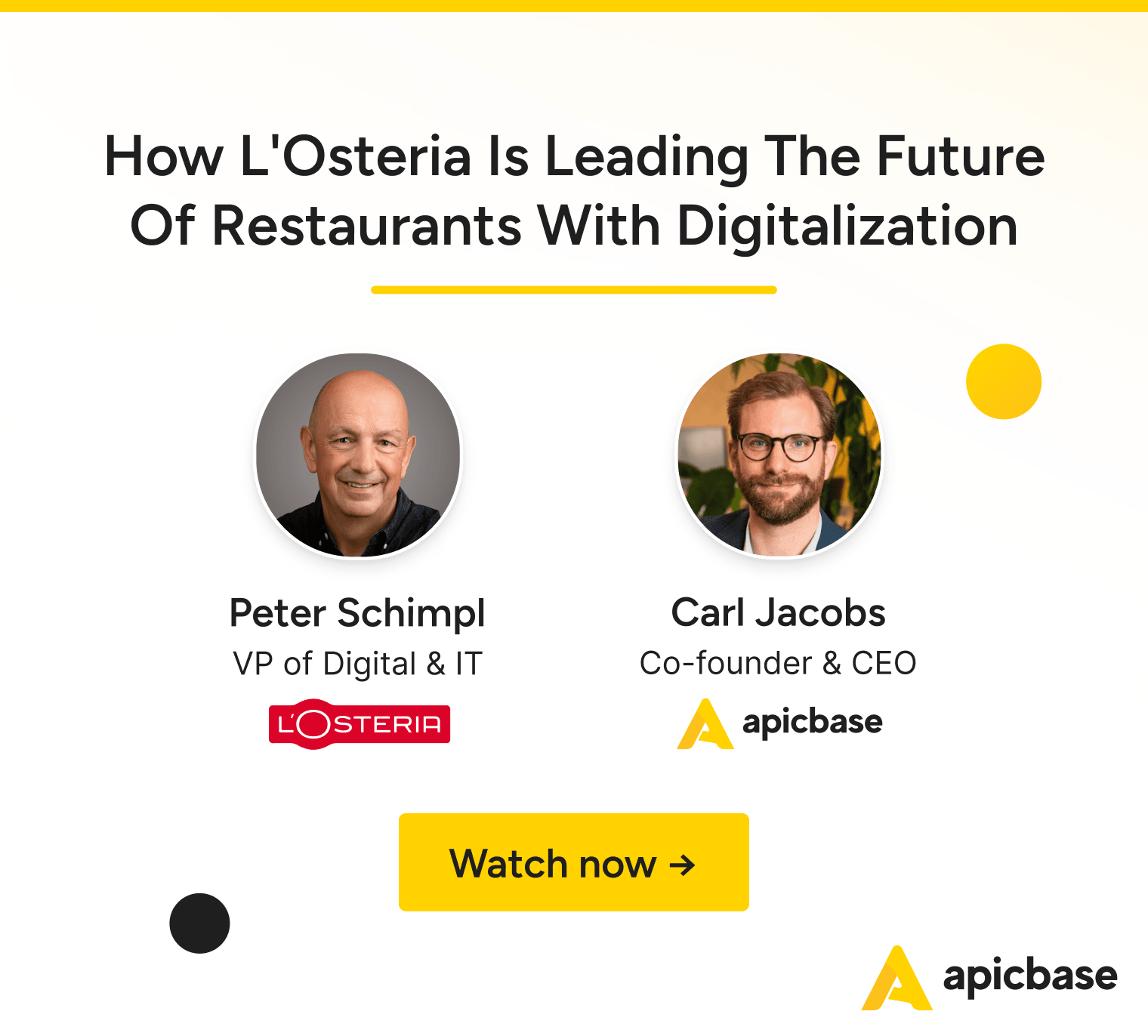Slapping on technology isn’t a magic fix.
It isn’t the antidote to the challenges of the restaurant industry. In fact, adding new tech can even complicate things more than it simplifies them.
Is this an odd statement coming from a tech CEO? Probably, but before you think I’ve lost my mind, allow me to explain.
The food service industry is in the midst of digital transformation. Adoption of new technologies has skyrocketed in recent years. And with good reason. Digital solutions have streamlined previously cumbersome, costly, and error-prone processes. Operational efficiency has improved by leaps and bounds.
But, despite all the good, trouble is looming.
All this new tech is churning out overwhelming amounts of data. Finding relevant information isn’t the issue any more; it’s making sense of it all.
On top of that, some software doesn’t communicate with others, leaving staff to piece together the information. It’s like making a giant jigsaw puzzle without having a picture on the box to guide you.
My point, if we keep thinking of digital transformation purely in the sense of ‘digitising’, we risk complicating the decision-making process. If technologies don’t talk, data might be misinterpreted or misused.
If we continue thinking of digital transformation purely in the sense of ‘digitising’, we risk complicating the decision-making process.
What restaurants need are long-term digital strategies. Operations must think beyond day-to-day problem-solving and address critical questions: What insights are essential? Which solutions will reliably deliver the data? Do these technologies communicate with each other?
In this article, I have a closer look at the last question, and I can already tell you that tech integrations are at the heart of a robust digital strategy.
Let’s unpack.
Sync or Sink

As CEO, I keep one eye firmly on the future. We must ensure today’s technology investments aren’t tomorrow’s dead ends.
Pär Svensson, Key Account Manager at Caspeco, summarises the situation best: “There is a lot of smartness out there. Sadly, it doesn’t always sync well.”
When systems don’t (or won’t) integrate, data gets trapped in silos. It forces management to juggle multiple, disjointed systems, often resorting to manual data transfers or Excel to bring everything together – POS, supplier e-commerce, inventory, CRM and so on.
It’s an inefficiency that increases the staff’s workload and amplifies the risk of data loss and errors, which inevitably calls the outcomes into question.
Tosca Eggenhuizen, Product Owner F&B Systems at citizenM, describes the frustration. “We were trying to reconcile data from multiple sources, tracing back the purchasing behaviour of our teams, compiling all of this data. It cost us a lot of time, and in the end, we barely got any accurate insights. The frustration was pretty high.”
It shows that, if we’re not careful, the lack of high-quality integrations will make operations more complicated instead of making them better.
Digital transformation will be like chasing a rainbow; restaurants might think they are close to becoming fully data-driven, but it keeps moving out of reach, held back by integration gaps.
Carl Orsbourn, the co-author of Delivering the Digital Restaurant, confirms: “The growing need for data unification and system consolidation is not so much a trend but a theme that is holding tech adoption back and, therefore, the efficiencies it can bring.”
A Symphony of Systems
The key to leveraging technology effectively is ensuring that all your apps speak the same language, share the same data and contribute to a unified operational story.
It is a far more nuanced situation than investing in off-the-shelf tech solutions, said Jay Bandy in a recent conversation. Jay is president of Goliath Consulting Group, a US-based management advisory agency helping restaurant concepts grow to multi-unit operations.
“An integrated digital approach means the whole team is on the same page. It creates harmony within the business. Staff only has one or two sources of information. They don’t have to go to different apps or terminals. There’s one place where everything ‘lives’, which allows employees to stay on task and have more time to focus on the guests.”
API Alchemy: Transforming Data into Gold

Consider a scenario where a customer places an order using a digital kiosk.
In an optimally integrated system, this action triggers a series of automated responses – communicating allergens and nutritional values, sending the order to the kitchen, updating inventory, initiating purchase orders, and alerting the accounting department about upcoming invoices.
This seamless operation is the result of a synergy of technologies like POS systems, Inventory Management, and CRM software, all harmoniously integrated.
It is a restaurant’s tech ecosystem ticking like clockwork.
Many would call it the holy grail of restaurant ERPs. The good news is that this holy grail is within reach, but there is one condition. APIs and standardised data are non-negotiable.
They are the pillars of a thriving tech ecosystem.
- Standardised data ensures that all systems speak the same language. If you’re going to eat soup, everyone at the table has to recognise a spoon as a spoon and not mistake it for a fork. The same goes for your data. If the code ‘1klO66’ means a glass of Pepsi in your POS, it should have the same meaning across your entire tech ecosystem. Otherwise, software isn’t going to know what’s what, no matter how smart it is.
- APIs (Application Programming Interfaces), on the other hand, are the bridge between the different technologies. It is a set of rules and protocols that allow one piece of software to interact with another. It’s coding. Software developers love it.
Imagine two islands of information; one island has data on your sales, and the other has data on your inventory. Through an API, information can flow back and forth between the islands. The ‘bridge’ updates both systems in real-time without manual input, ensuring efficient and error-free operations.
If we want to move forward with digital transformation in food service and do more than solve everyday problems, APIs and careful data management are essential.
The goal is to exploit the full potential of the data generated by restaurant software. Or as Robert James Geller, Head of Digital at Peter Pane, Germany, puts it succinctly: “The more data the systems produce and the more we can make (meaningful) use of it, the more likely the decisions we make will be the right ones.”
Closing Thoughts
While digitisation brings many benefits, it also brings challenges. The growing volume of data from different sources and departments can become difficult to manage. To meet this challenge, software systems need to share data seamlessly.
Key steps include: developing robust APIs and implementing long-term digital strategies. This allows food service companies to collect relevant data and turn it into actionable insights that improve performance and profitability, now and in the future.
Apicbase offers a single source of truth, tying everything together.
Ellen Snel
Data Analyst at Restaurant Group Europe

Discover the Apicbase API and Tech Ecosystem
We built Apicbase to integrate seamlessly with the tech you use every day. It’s in our DNA.
If you are a CTO or IT manager and want to connect to Apicbase, then check our API site for developers. Here, you’ll find technical details about our API endpoints.
Our ecosystem is growing by the day. We might have the integration you need up and running already. Click the button to find out.
Note: If it is not listed, please get in touch with us. We are open to an integration.

